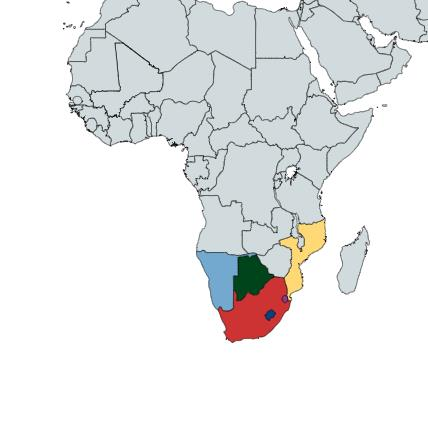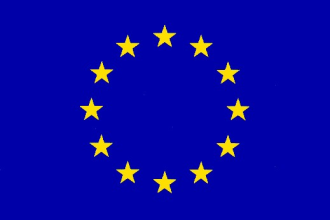THE REPUBLIC OF BOTSWANA,
THE KINGDOM OF LESOTHO,
THE REPUBLIC OF MOZAMBIQUE,
THE REPUBLIC OF NAMIBIA,
THE REPUBLIC OF SOUTH AFRICA, and
THE KINGDOM OF SWAZILAND
referred to as the ‘Southern African Development Community Economic Partnership Agreement States’ (‘the SADC EPA States’)
Overview of the SADC EPA Market
The EPA region comprises six Member States, namely: Botswana, Eswatini, Lesotho, Mozambique, Namibia and South Africa. Mozambique is the only non–SACU Member. All SADC EPA Member States are members of the WTO and as such are bound by the rules and regulations governing all o ther members of the WTO.
ther members of the WTO.
Together the six represent over 95 million people and a combined GDP of Euro 352,197 million. South Africa is by far the most dominant economy accounting for 87.5 % of all EPA Member States GDP. Additionally, South Africa alone accounts for over 80% of SADC EPA exports to the EU and 90% of imports from EU.
Status of SADC EPA Trade with the EU
The EU (28), is a major trading partner for the SADC EPA Member States. The EU (28) remains a traditional trade partner for the SADC EPA States, that have enjoyed preferential market accesses as far back as from 1975 under the Lomé Convention (1975-2000), its successor Cotonou Agreement (200-2020), and its successor the Economic Partners Agreement (EPA) which is not time bound. South Africa, on the other hand graduated from the unilateral Cotonou Agreement into a bilateral trade agreement, the EU South Africa Trade Development and Cooperation Agreement (TDCA) signed on 11 October 1999 and which entered fully into force on 1 May 2004. This Agreement has now been absorbed into the EU SADC EPA.
Under the EPA Agreement, the EU has guaranteed Botswana, Eswatini, Lesotho, Mozambique and Namibia a full free (100%) access to its market duty-free quota-free, except for arms and munition. The EU has fully or partially removed customs duties on 98.7% of imports coming from South Africa. More importantly the SADC EPA States do not have to provide the same level of market opening to EU originating products.
An important feature of the Agreement is the generous provision of the “rules of origin” which allows for innovative conditions for “cumulation of origin criteria” to allow for both regional and diagonal cumulation and still qualify for preferential market access into the EU market. This provision sets the scene for optimisation of Regional Value-Chains and Global Value-Chains and to promote regional integration.
SADC EPA exports to the EU is again not evenly spread. Most of the EPA Members are mostly trading with only a few EU Member States, except for South Africa and Namibia who are exporting to all 28 Members of EU. The Table below provides an overview of rading relations between EU and the SADC EPA States.


